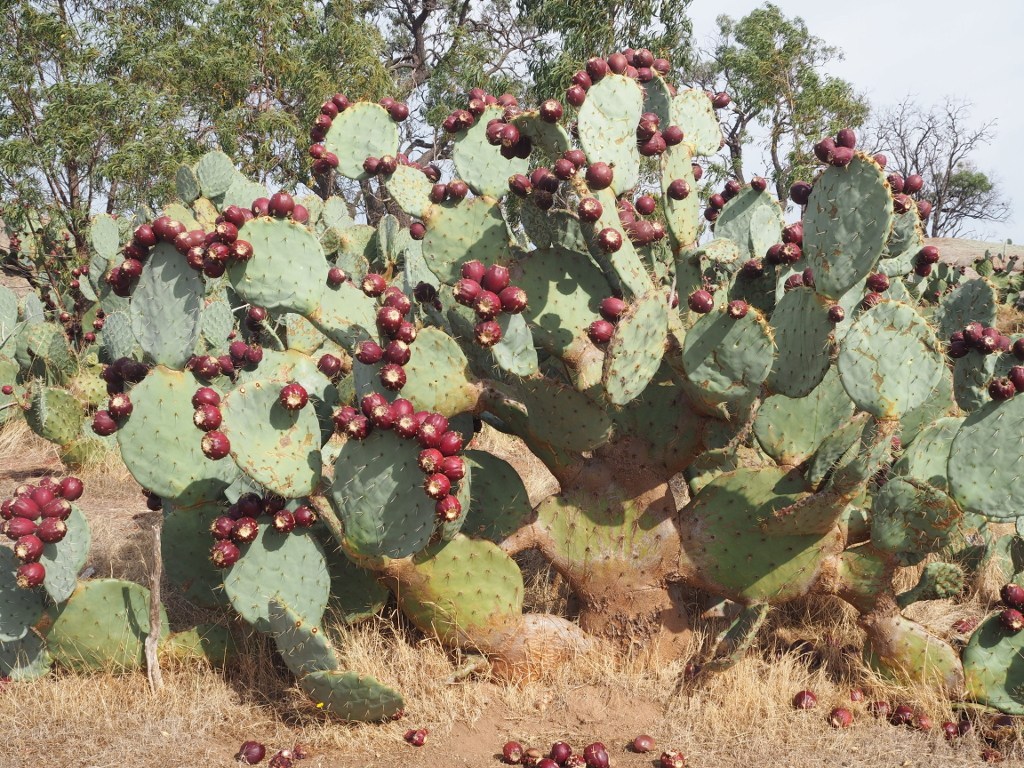Free disposal of Wheel Cactus at Maldon Transfer Station
Posted on 30 October, 2019 by Ivan
Here is an update from the Tarrangower Cactus Control Group regarding the disposal of the invasive plant Wheel Catcus (Opuntia robusta) in the Mount Alexander region of central Victoria.
Thanks to renewed funding from Mount Alexander Shire Council, Wheel Cactus plants can again be disposed of FREE at the Maldon Transfer Station. This is a great incentive to dig up Wheel Cactus plants while they’re still small and before they’ve started producing fruit and seeds. Hopefully it will also encourage everyone to remove any outlying plants they see starting to grow in new areas.
Small Wheel Cacti are really easy to dig up because they are very shallow-rooted plants. To help, digging hoes and buckets can be borrowed from the Tarrangower Cactus Control Group. Digging up small plants also reduces the need for the chemical herbicides required when plants are left to grow to maturity.
Alas, there is a limit of one trailer load per property each financial year, because the funding is limited and Wheel Cactus infestations are so widespread across so many properties. However, if you do have more Wheel Cactus plants you’d like to dig up, an alternative solution is to dig a big hole on your property, and dump and bury the weeds on site (also saving you the time, effort and cost of carting to the tip).
What is Wheel Cactus?
A plant native to Mexico, this cactus (Opuntia robusta) is most commonly called Wheel Cactus in Australia. It was probably introduced into our country as a hardy garden plant. This cactus species has a distinct blue-green colour and large, flat, round pads with many short and long spines. The plant is erect and can grow to 3 m tall. It has yellow flowers and dark red fruit in spring-summer, each containing approximately 500 seeds that are spread by animals and water.
This weed is widely established in central Victoria, western New South Wales, and south-eastern and eastern South Australia. It particularly likes to grow on granite outcrops, but also infests woodlands and pastures.
For more information on Wheel Cactus and how to control this invasive species, please click here







Leave a Reply